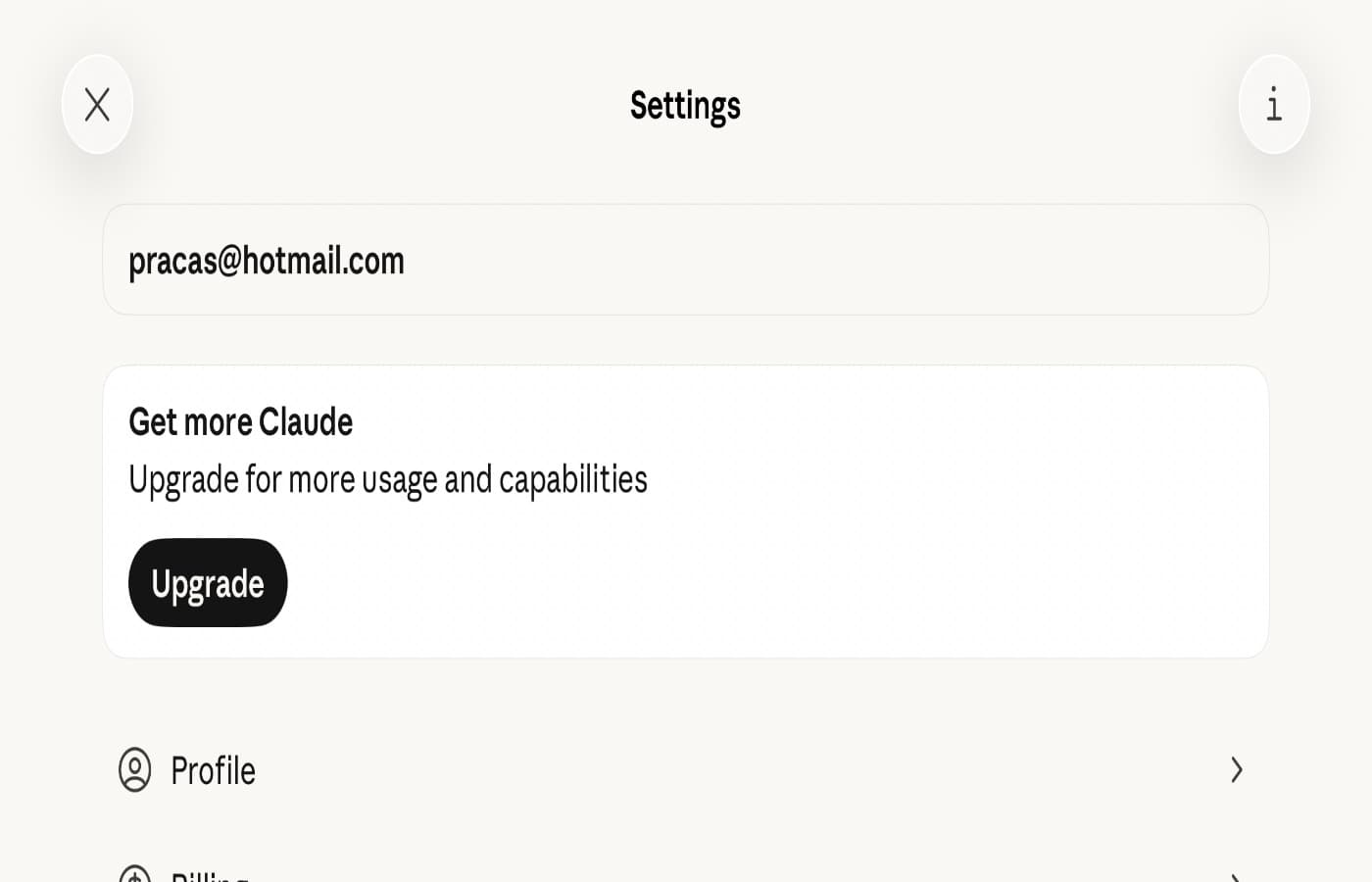Let’s be honest—most blog posts about UI/UX design trends feel like recycled checklists from the previous year, offering little more than surface-level inspiration. But the truth is, trends only matter when they serve real users, not just when they earn likes on Dribbble. In today’s design landscape, the focus is shifting from flashy visuals to thoughtful, purposeful design that prioritizes user experience.
One of the most noticeable shifts is toward clarity. Users no longer have patience for overly decorative or complicated interfaces. Whether it’s a mobile app, a website, or a complex dashboard, the goal is to create clean, intuitive designs that make sense at a glance. But simplicity doesn’t mean dullness—it means smart design choices like generous white space, smooth micro-interactions, and legible typography that enhance usability without overwhelming the user.
Dark mode continues to be a popular feature, but it has evolved beyond aesthetics. It’s now about giving users control and allowing for personalization. When users can tailor their digital experiences, it not only improves usability but also increases engagement and satisfaction.
In terms of tools, Figma remains the standout choice for designers. It’s more than just a design platform—it’s a hub for collaboration. With real-time feedback and seamless teamwork, Figma enables faster iteration and stronger results. If you’re not already using it, you’re likely missing out on one of the most efficient workflows in modern design.
However, no trend—no matter how popular—can replace the fundamentals of good design. Core principles like hierarchy, contrast, and consistency are still essential. While it’s important to be aware of what’s current, it’s even more critical to adapt those ideas to fit your users’ needs and context. Design guidelines exist for a reason, but they should serve as flexible frameworks rather than rigid rules.
Ultimately, design trends come and go, but thoughtful, user-centered design endures. Tools like Figma simply make it easier to bring those ideas to life. So the next time you feel pressured to chase the latest trend, pause and refocus on clarity, usability, and intent. That’s how you create designs that not only look good but also work seamlessly.
If you’ve got ten minutes to spare, open up Figma, revisit an old project, and apply one of today’s trends with solid design principles in mind. You’ll likely see an immediate improvement. Because at the end of the day, great UI/UX design isn’t about chasing trends—it’s about understanding and designing for people.








